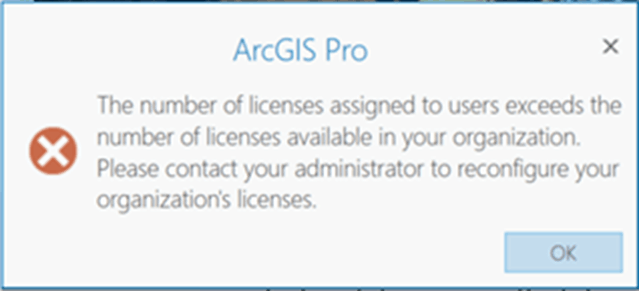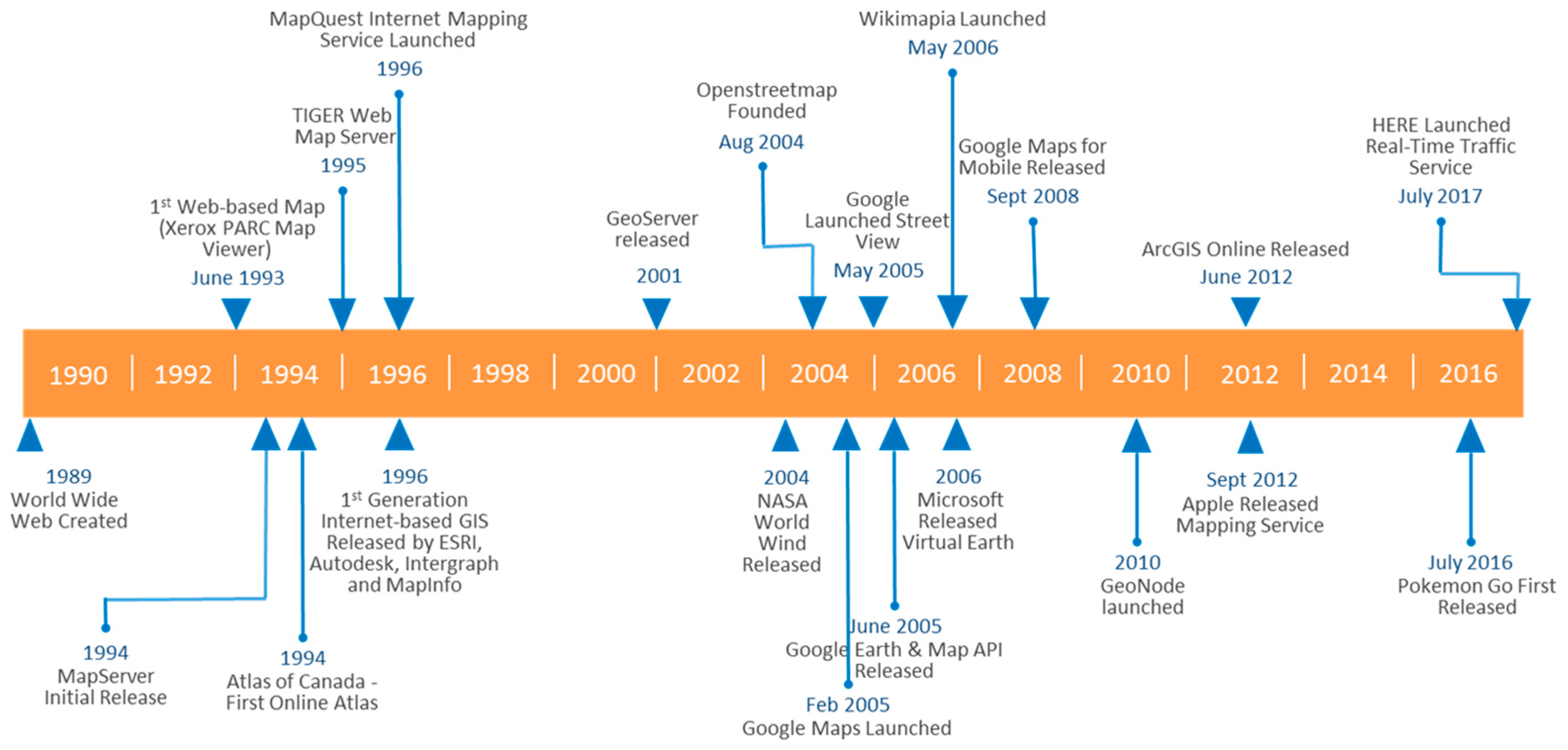


- DIFFERENCE IN ROLE OWNER GROUP MANAGER ARCGIS ONLINE INSTALL
- DIFFERENCE IN ROLE OWNER GROUP MANAGER ARCGIS ONLINE UPDATE
- DIFFERENCE IN ROLE OWNER GROUP MANAGER ARCGIS ONLINE PLUS
- DIFFERENCE IN ROLE OWNER GROUP MANAGER ARCGIS ONLINE DOWNLOAD
This makes your site vulnerable to security breaches.
DIFFERENCE IN ROLE OWNER GROUP MANAGER ARCGIS ONLINE DOWNLOAD
DIFFERENCE IN ROLE OWNER GROUP MANAGER ARCGIS ONLINE UPDATE
DIFFERENCE IN ROLE OWNER GROUP MANAGER ARCGIS ONLINE PLUS
A manager has the same permissions as a customer, plus they’re also granted the ability to manage all settings within WooCommerce, create/edit products, and access all WooCommerce reports. Shop Manager: This allows the user to run the operations side of your WooCommerce store without the ability to edit back-end functionality like files and code.This role is basically equivalent to that of a normal blog subscriber, but customers can edit their own account information and view past or current orders. Customer: Assigned to new customers when they create an account on your website.
DIFFERENCE IN ROLE OWNER GROUP MANAGER ARCGIS ONLINE INSTALL
When you install WooCommerce, you’ll gain two user roles:

Users are only able to update their own profile, read the content on your site, and leave comments. This role has the least number of permissions. Subscriber: Assigned to new users if you enable registrations on your site.This gives you a chance to review and have final control over any content they create before it goes live However, this role stops short of allowing them to directly publish their posts on your site. Contributors can perform three tasks on your site: read all posts, create and edit their own posts, and delete their own posts. Contributor: The contributor is a more basic version of the author role.They can also delete their own posts (even when they’re already published), but cannot edit or delete posts written by other user They can create, edit, and publish their own posts. Author: Typically responsible for tasks related to writing content.Editors can also moderate, edit, and delete comments, and add and edit categories and tags Editors can add, edit, publish, and delete any posts and media, including those written by other users. Editor: This user is typically responsible for managing content.As the website owner, this should be your role Admin: The most powerful user role because it gives you access to everything.In the case of single sites, the Admin is the highest level of user. They can manage settings for all websites on the network. Super Admin: A super admin has capabilities that specifically apply to multisite environments.WordPress has six default user roles, each with its own set of permissions and capabilities: For example, editing a post is one distinct capability, while moderating blog post comments is another.

Each role correlates with its own set of capabilities.Ī capability is a specific action that a user is permitted to complete. The user management system is based on two aspects: roles and capabilities.Ī role is the classification title assigned to a group of users on your WordPress site.


 0 kommentar(er)
0 kommentar(er)
